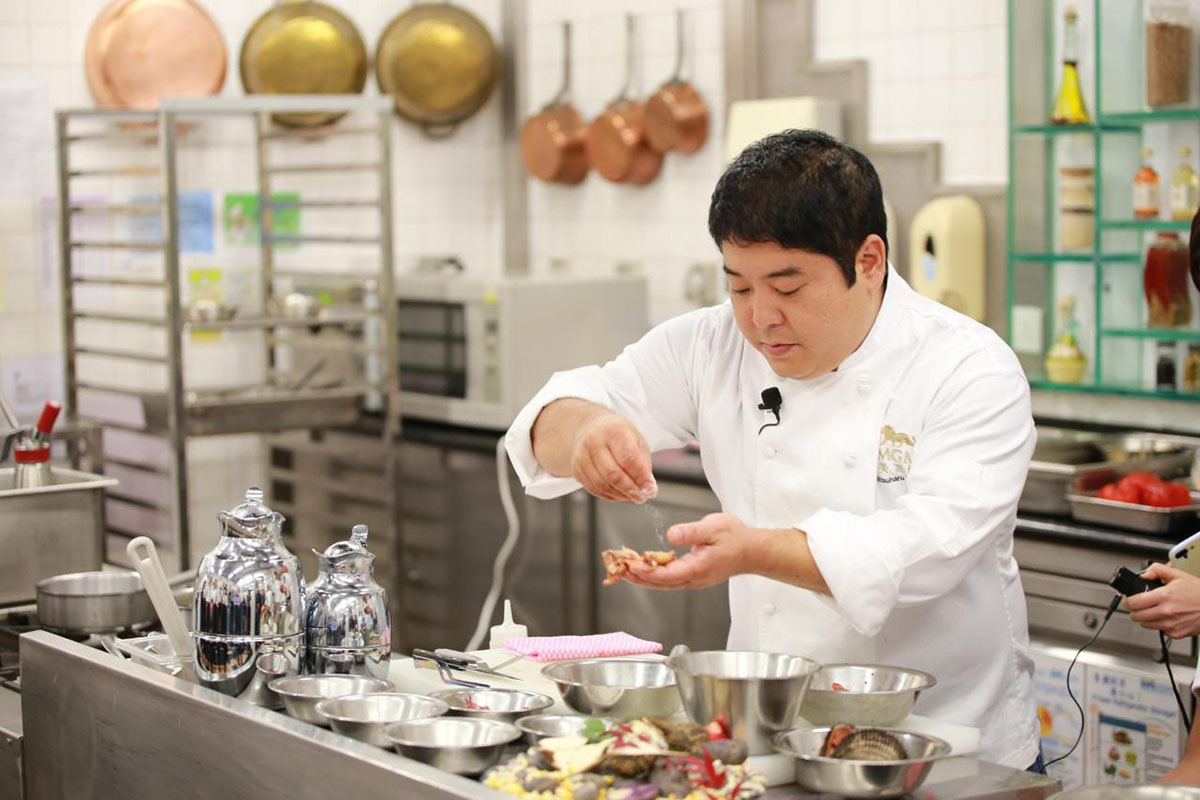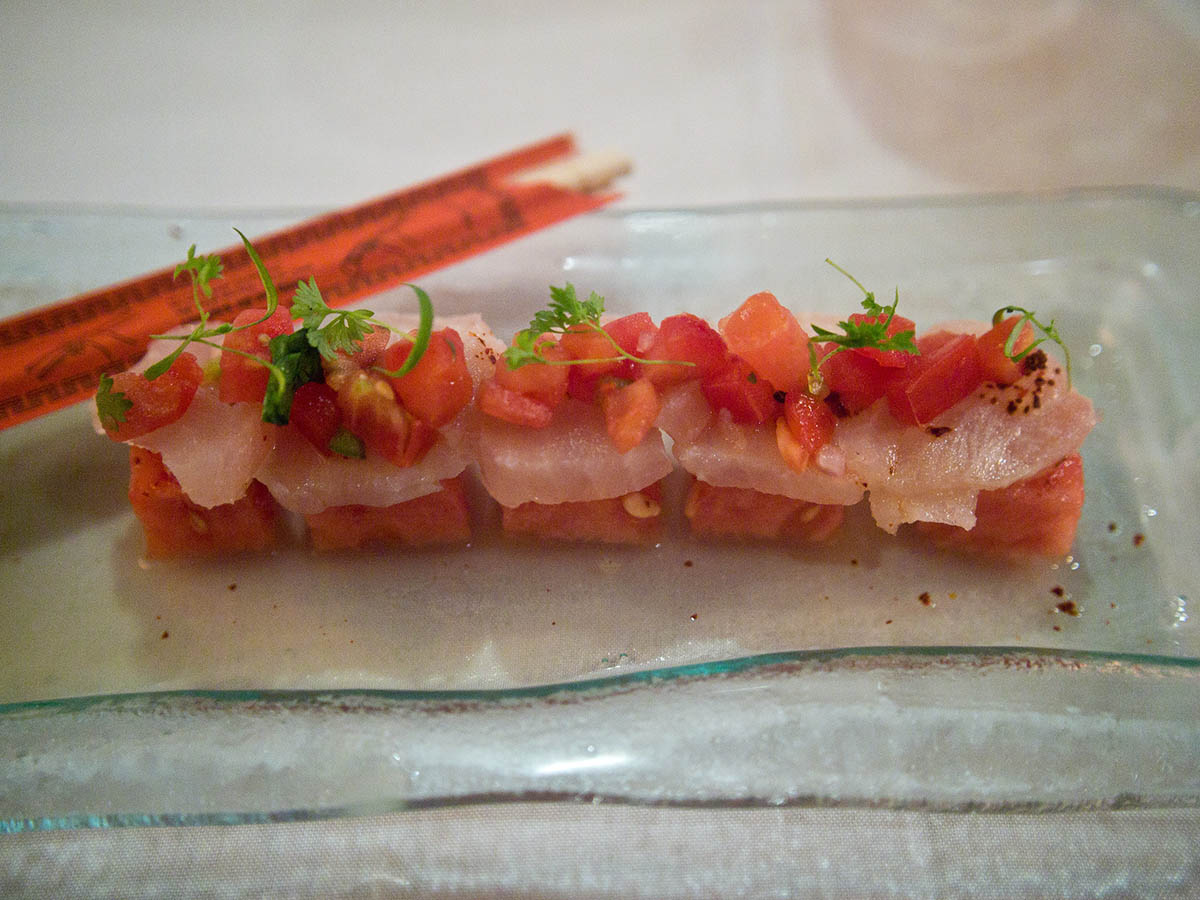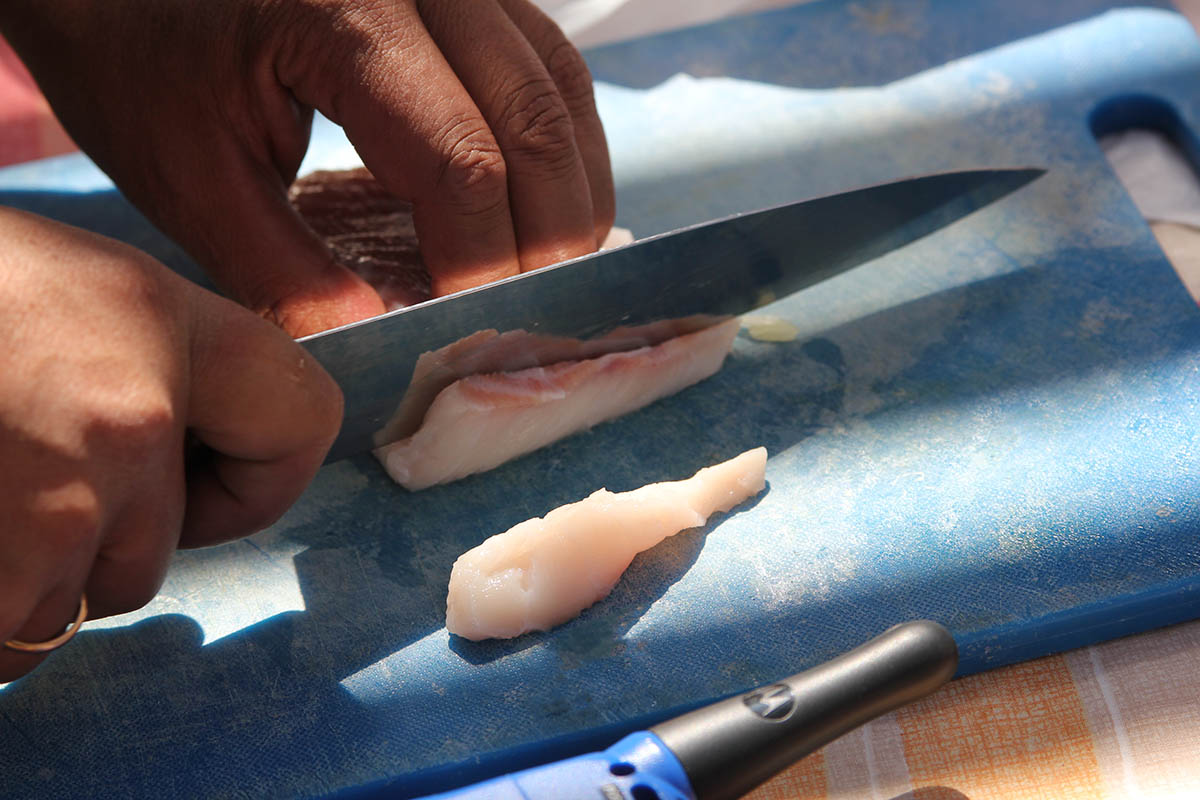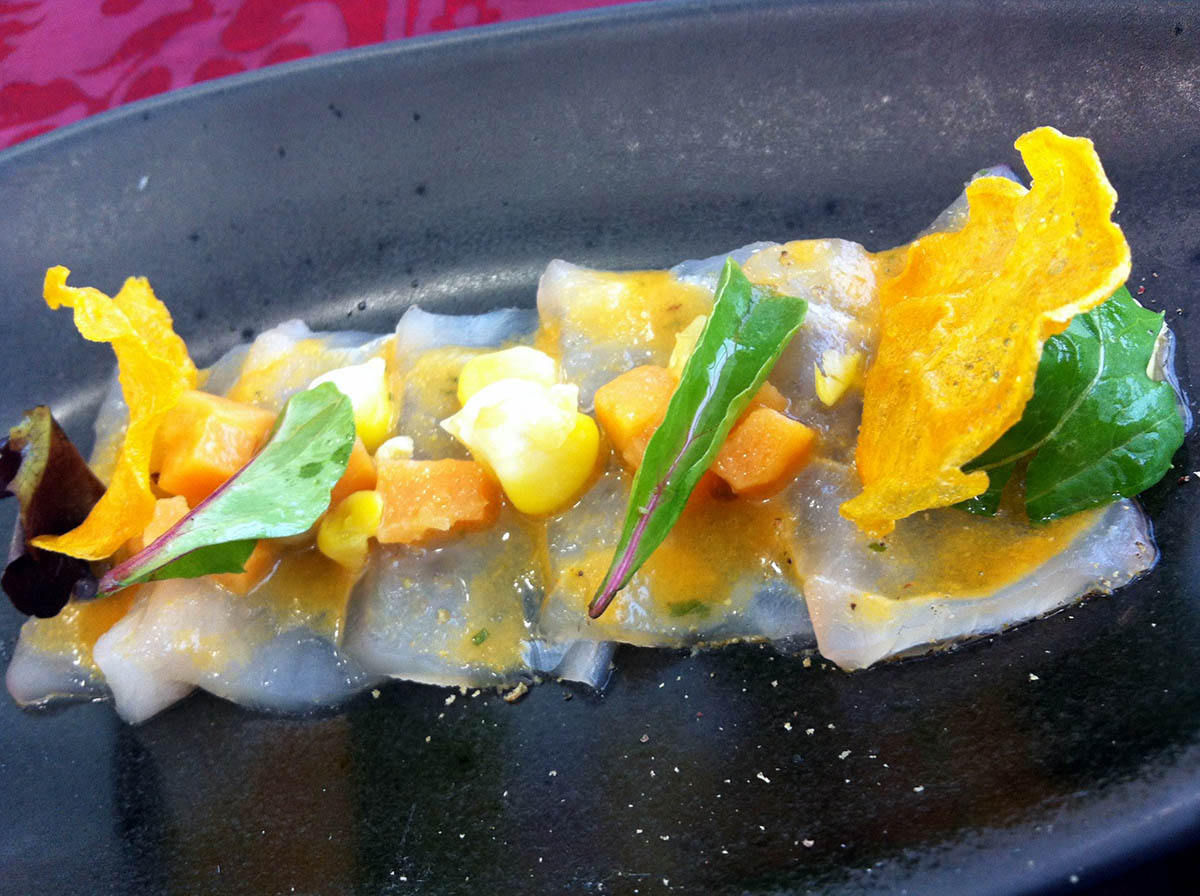
Tiradito is perhaps the most famous Nikkei dish in all of Peru. Peruvians of Japanese descent developed this recipe over the last century in response to a cultural need for sashimi-style dishes. Nowadays Peruvian summers wouldn’t be complete without it. And neither will yours if you try our recipe below!
Nikkei cuisine is a Peruvian-Japanese fusion that mixes the diverse ingredients of Peru with the cooking techniques of Japan. The first wave of Japanese immigrants to Peru arrived in 1899 at the Port of Callao just outside of the capital city of Lima . At this time they came to escape poor economic conditions and disease back home. In Peru, they worked as farmers on two-year work contracts. Afterward, many decided to stay. Today, there are an estimated half a million Peruvians with Japanese heritage.
Lima Tours:
The beginnings of Nikkei were out of necessity. People of Japanese descent wanted to make Japanese food but lacked the proper ingredients, so they used Peruvian substitutes. Then, in the last couple of decades, this hybridization became intentional. The Nikkei culinary scene is now bigger than ever. In 2019, Maido, a Nikkei restaurant in Lima, was recognized as the best restaurant in Latin America and the 10th best restaurant in the world .

Chef Mitsuharu from the renown Nikkei restaurant Maido. Photo by Macao SAR Government Portal .
Tiradito is a raw fish dish with a spicy citrus sauce. A staple of Nikkei cuisine, some refer to it as “Japanese ceviche.” Although it has a lot in common with traditional Peruvian ceviche, it has a few crucial differences. Firstly, the fish is cut into very thin strips, sashimi-style, reflecting the dish’s Japanese roots. Secondly, the fish is raw rather than cured like in traditional ceviche.

A classic Nikkei dish, tiradito is heavily influenced by Japanese cooking techniques. Photo by Edsel Little on Flickr.
Tiradito is served with few condiments. This simplicity ensures that the focus of the dish is the flavor of the raw fish itself. It is a lighter option than ceviche and can have a more robust, fishy taste depending on the fish used. Peruvians most commonly use tuna, bass, salmon, or corvina.
Peru’s fertile ocean ensures that fresh tiradito is on the menu every day of the year in seafood restaurants and cevicherías. The quality of the dish at these establishments reflects the freshness of the catch. In fact, many seafood restaurants are only open for lunch to ensure that their customers enjoy only the freshest dishes.
As is the case with many Peruvian dishes , the name’s origin is uncertain. One theory says that chefs used to refer to the dish as “estiradito,” meaning stretched. They would cut the fish so thinly that it appeared stretched and translucent on the plate. In time, the name may have shortened to “tiradito .”

A chef slicing fish sashimi-style. Photo by Patty Ho on Flickr.

Tiradito de corvina with spicy rocoto pepper sauce. Photo by Koldo Miranda on Flickr.
This refreshing dish is sure to please any palate looking for a medley of unique flavors. Tiradito is perfect to dig in to on a beautiful summer day with family and friends. Although finding the ingredients may take some time, the dish itself is quick to make. And if you don’t find exactly what you need, embrace your local ingredients to make something new!
If you’re planning on coming to Peru and need a bit more food inspiration, check out our lists of the best restaurants in Lima , Cusco , and Arequipa !



Email: [email protected]
Sign up to receive our newsletter for great articles, stunning photos, and special deals.